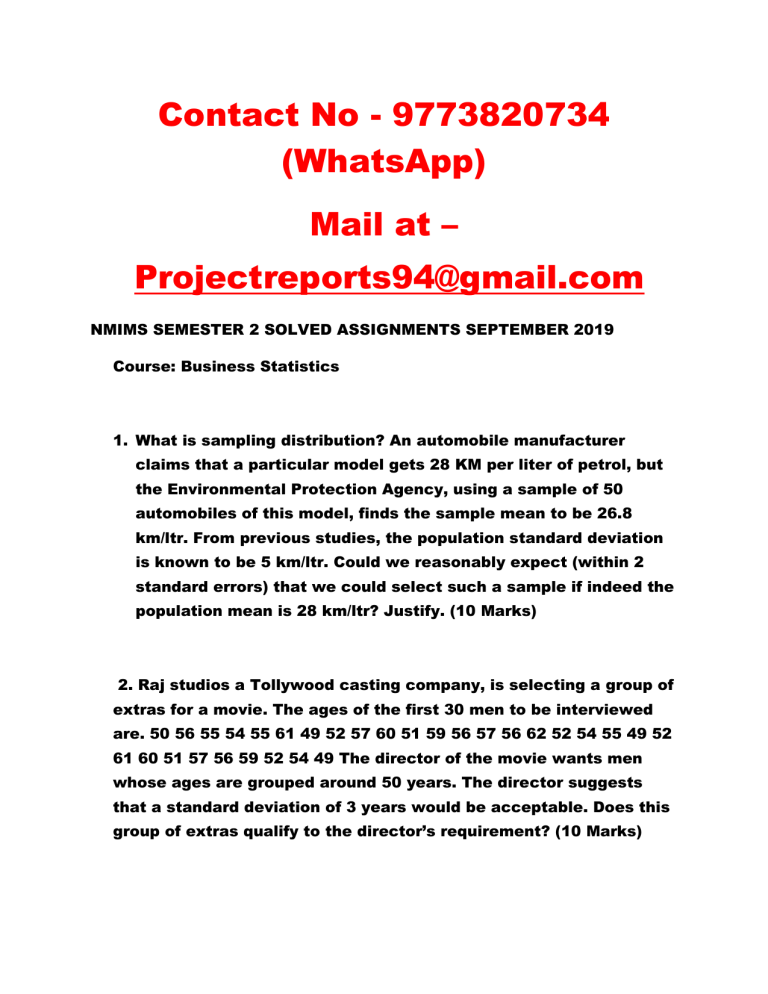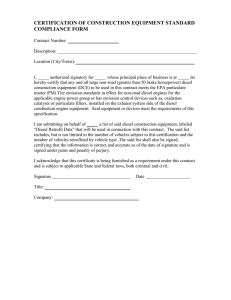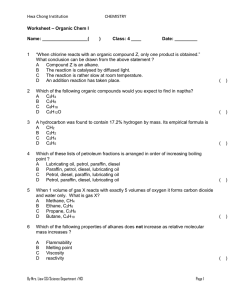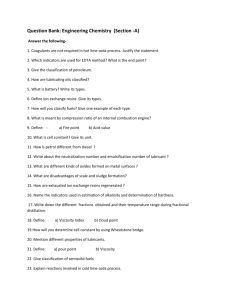NMIMS SEMESTER 2 SOLVED ASSIGNMENTS SEPTEMBER 2019 BUSINESS STATISTICS
advertisement

Contact No - 9773820734 (WhatsApp) Mail at – Projectreports94@gmail.com NMIMS SEMESTER 2 SOLVED ASSIGNMENTS SEPTEMBER 2019 Course: Business Statistics 1. What is sampling distribution? An automobile manufacturer claims that a particular model gets 28 KM per liter of petrol, but the Environmental Protection Agency, using a sample of 50 automobiles of this model, finds the sample mean to be 26.8 km/ltr. From previous studies, the population standard deviation is known to be 5 km/ltr. Could we reasonably expect (within 2 standard errors) that we could select such a sample if indeed the population mean is 28 km/ltr? Justify. (10 Marks) 2. Raj studios a Tollywood casting company, is selecting a group of extras for a movie. The ages of the first 30 men to be interviewed are. 50 56 55 54 55 61 49 52 57 60 51 59 56 57 56 62 52 54 55 49 52 61 60 51 57 56 59 52 54 49 The director of the movie wants men whose ages are grouped around 50 years. The director suggests that a standard deviation of 3 years would be acceptable. Does this group of extras qualify to the director’s requirement? (10 Marks) 3. Historically, diesel has mostly been cheaper than petrol in South Africa, though this has not always been the case, and not a trend seen around the world. One of the key differences in the pricing of diesel versus petrol, is that diesel prices reflect wholesale prices, not the price you would pay at the pumps. For example, the wholesale inland diesel price for August was at R10.96 at the beginning of the month, while Caltex’s retail version – Caltex 50 diesel with Techron – sells at R11.33 per litre. Over the past decade, both the petrol and diesel prices have seen some significant fluctuations, but petrol (95 grade) has seen the biggest overall increase, having jumped 75.4% since 2006. The graph and table below show how the prices have changed year-on-year, between August 2006 and August 2016. Year PetrolUnleaded 93 PetrolUnleaded 95 Diesel 0.05% 2006 R6.92 R7.04 R6.54 2007 R6.88 R7.01 R6.51 2008 R10.20 R10.40 R11.27 2009 R7.52 R7.69 R6.65 2010 R8.02 R8.17 R7.38 2011 R9.91 R10.09 R9.30 2012 R10.83 R11.04 R10.25 2013 R13.32 R13.55 R12.48 The fuel price is affected by two major components: the global oil price, and the currency exchange rate between the rand and the dollar. Between 2014 and 2016, fuel prices (both diesel and petrol) have shown a year-on-year decline, boosted by a much lower global oil price, which has dropped below $50 a barrel, with little hope that it will balloon past that level in the near future. However, much of the benefit delivered by lower oil prices has been undone by weakness in the rand – brought about by a struggling economy, poor growth policies and a number of political scandals involving president Jacob Zuma. (Source: https://businesstech.co.za/news/energy/134400/petrol-vs-dieselprices-in-southafrica-2006-2016/) a. Explore the trend in the petrol price (for both unleaded 93 and unleaded 95) using regression trend analysis. Using the data, forecast the petrol price for 2017, 2018 and 2019. (5 Marks) b. Explore the trend in the diesel price using regression trend analysis. Using the data, forecast the diesel price for 2017, 2018 and 2019. Out of the three regression models, which model is the strongest in predicting the fuel price? (5 Marks)



